The impending ban on the sale of new petrol and diesel cars has raised questions about whether alternative fuel solutions also have a role to play in reducing transport emissions alongside electrification.
Some car manufacturers and governments are working to produce alternative means of fueling a car.
This includes hydrogen-powered vehicles, but other firms are pushing two main forms of fuel: e-fuels and biofuels, both types of synthetic fuel.
So what exactly are e-fuels and biofuels, how are they made and could they enter mainstream production?
We've collated all we know about these alternative fuels and put together a comprehensive guide about this technology, so read on for more.
What are e-fuels?
The name ‘e-fuel’ is short for ‘electrofuel’.
E-fuels are a type of synthetic fuel that can be used in internal combustion engines in the same way as normal petrol or diesel.
They're produced using ‘green’ hydrogen and carbon, often sourced from waste biomass or CO2 captured from the atmosphere.
How are e-fuels produced?
E-fuels are made by separating hydrogen and oxygen from water using electricity. The next step in the process involves capturing CO2 from the air and then combining that with hydrogen using chemical synthesis.
E-fuels are carbon-neutral, because they use the same amount of CO2 emissions as they emit. For this reason, they’re considered by some car brands, such as Porsche, as a potential alternative to electric cars.
An e-fuel’s removal of atmospheric CO2, either through photosynthesis when growing the biomass or by carbon capture, is argued to offset the emissions produced when the fuel is burnt in an engine.
Are e-fuels clean?
Whether e-fuels are as environmentally friendly as they seem continues to divide opinion.
Despite arguably being cleaner to produce, e-fuels still emit gases that are harmful to the environment, similar to petrol and diesel.
According to the non-profit organisation Transport & Environment (T&E), recent testing of e-fuels has shown that synthetic fuel emits a similar volume of NOx gases as a car running on regular E10 petrol while also producing far more ammonia and CO.

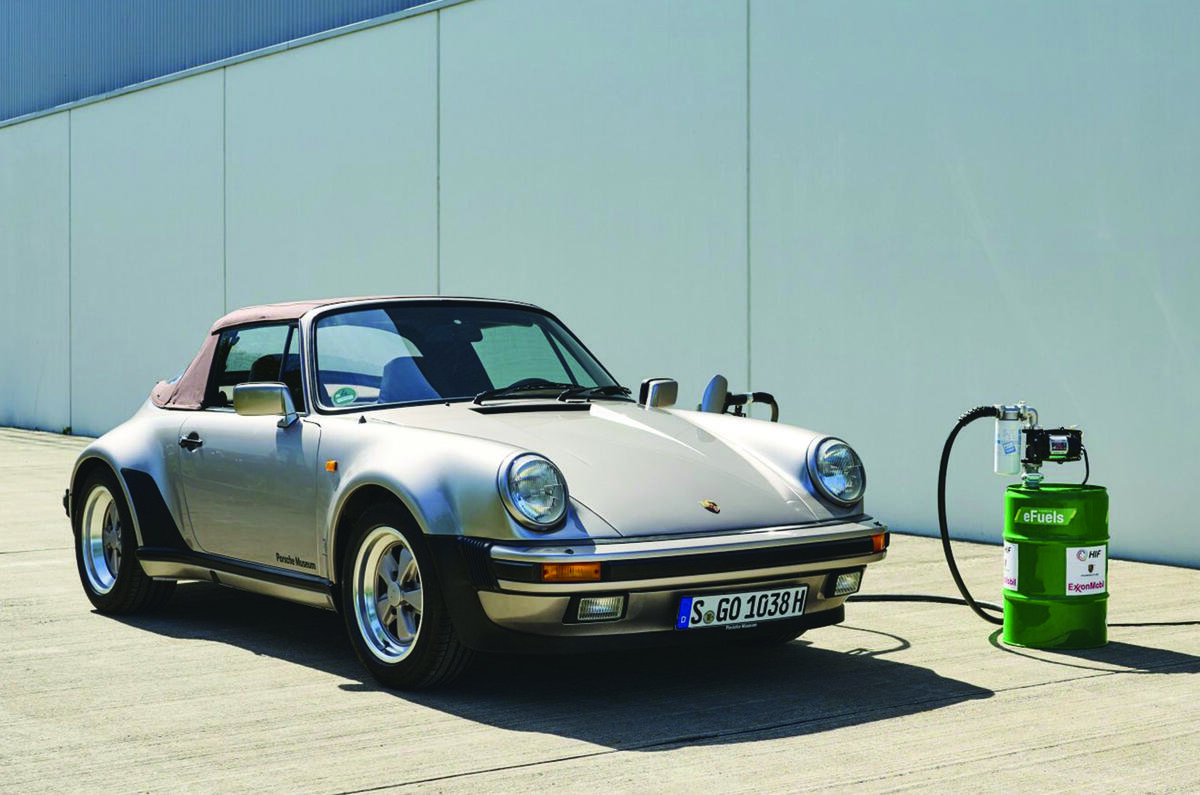

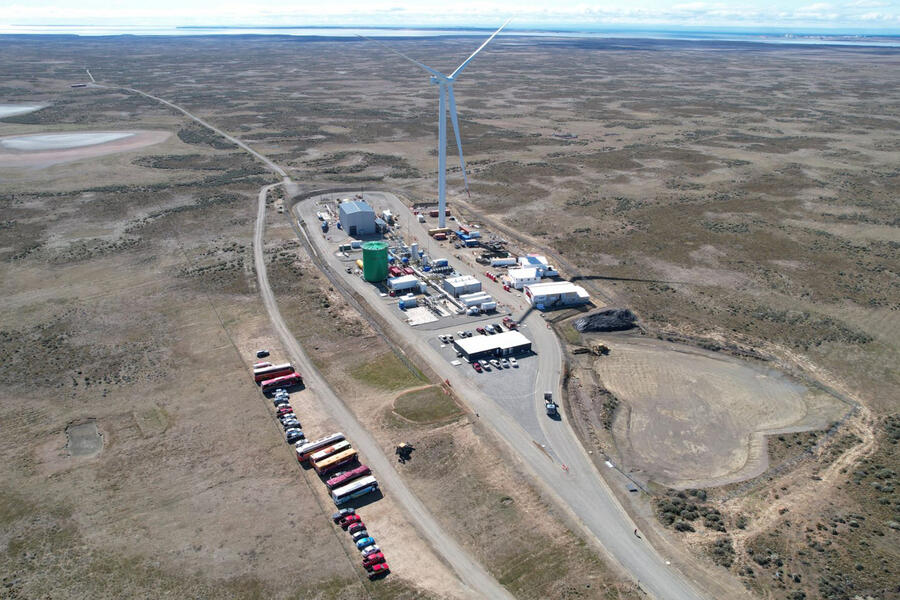
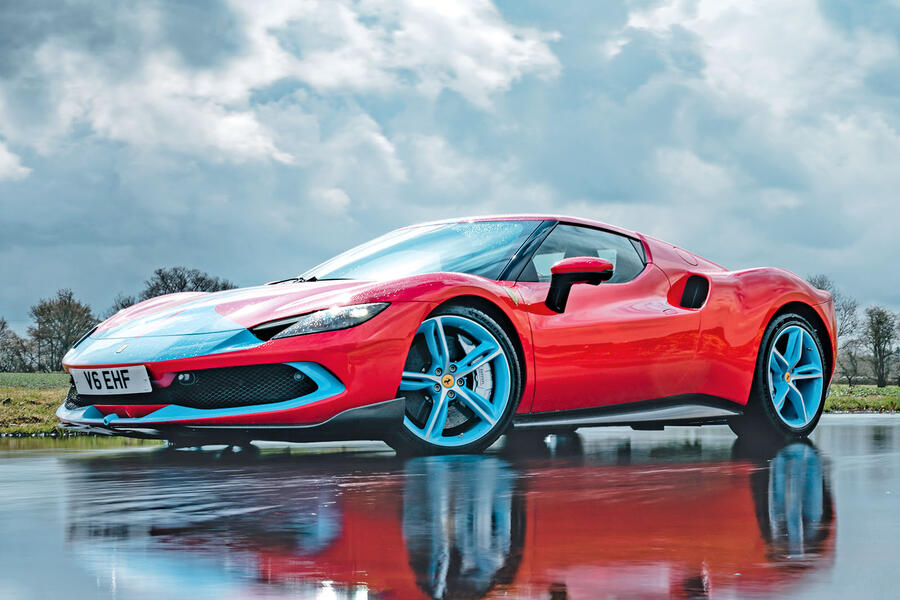
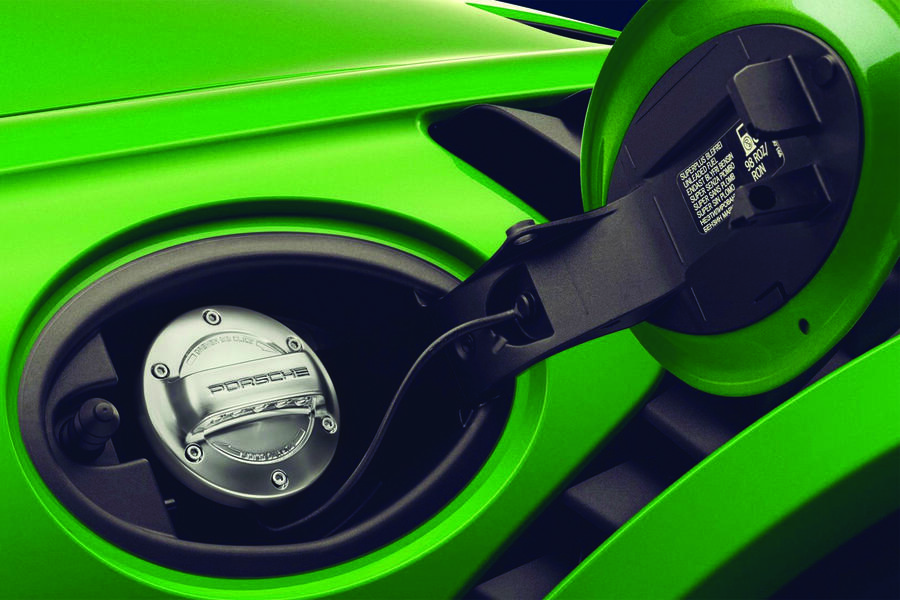
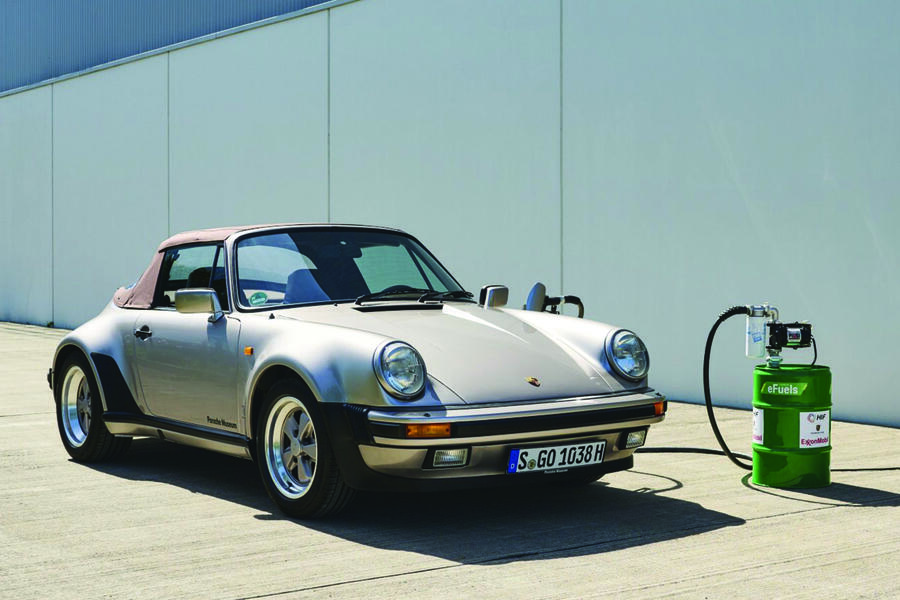


Join the debate
Add your comment
An incredible waste of time, money and resources.
'Emissions' don't do ANYTHING to the warming of the troposphere.
This article is again pie in the sky from Autocar. The 8th paragraph effectively says use the electricity needed to produce e-fuel to power the cars.
"According to a 2019 report by the International Energy Agency, producing all of today’s industrial hydrogen output from electricity would create an electricity demand of 3600TWh. This is almost 1000TWh more than the EU’s entire energy production last year, of which just 39.4% came from renewables. And that just to match today’s hydrogen output, not the surplus needed for the mass industrialisation of e-fuels; using electricity that could less wastefully power battery-electric cars."
This article doesn't give you or I any idea what it'll cost to run a car, VanTruck etc, nor does it say how it affects the engines Old or new wear wise.